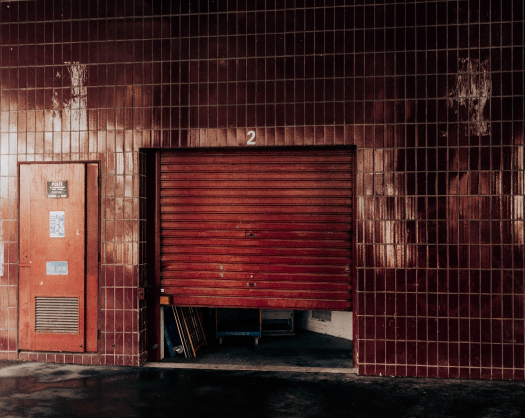Garage door springs play a vital role in the smooth operation of your garage door. They counterbalance the door’s weight, making it easy to open and close. However, like any mechanical component, garage door springs are subject to wear.
In this guide about garage door springs, we guide you through troubleshooting and repair techniques.
Understanding the Types of Garage Door Springs
Before delving into repair and replacement, it’s crucial to understand the two main types of garage door springs: torsion springs and extension springs.
Torsion Springs
These springs are typically mounted above the garage door and use torque to counterbalance the door’s weight. Torsion springs are known for their durability and ability to provide a smoother operation.
Extension Springs
These springs are usually placed on either side of the door and stretch when the door is closed. Extension springs are less common nowadays due to safety concerns but are still found in some older garage door systems.
Troubleshooting Garage Door Spring Issues
When your garage door starts exhibiting problems, it’s essential to troubleshoot the issue to determine if it’s related to the springs. Here are some common problems and their potential spring-related causes:
- Uneven Opening/Closing: If your garage door opens or closes unevenly, it might be due to imbalanced springs. Inspect the springs for signs of damage.
- Loud Noises: Sudden loud noises during operation could indicate a spring that’s about to break. We recommend you call a professional for an inspection before further use.
- Door Won’t Open/Close: Broken springs might be the culprit if your garage door refuses to budge. Torsion springs are especially prone to snapping after years of use.
Repairing Garage Door Springs
Minor issues with garage door springs can sometimes be repaired, but it’s crucial to approach repairs cautiously.
- Safety First: Before attempting any repairs, disconnect the garage door opener and ensure the door is secured in place.
- Inspect and Replace: If you notice a broken spring, you must replace it. Measure the old spring and purchase a suitable replacement. Replacing both springs, even if only one is broken, is recommended for balanced operation.
- Torsion Spring Replacement: Torsion spring replacement involves winding and unwinding the spring, which can be dangerous. Follow manufacturer instructions or consult a professional if unsure.
- Extension Spring Replacement: Extension springs are generally easier to replace. Open the door fully and secure it in place before replacing the springs.
Although you can try to DIY it, it is always better to hire a professional and not put your safety at risk.

When Replacement Becomes Necessary
Despite proper maintenance and occasional repairs, garage door springs have a finite lifespan. Here are signs that replacement is necessary:
- Multiple Breaks: If your springs have broken multiple times, it’s a sign that they are reaching the end of their lifespan.
- Visible Wear: Rust, gaps, or visible wear and tear are indicators that your springs are no longer safe for use.
- Sluggish Operation: If your garage door struggles to open or close smoothly, worn-out springs could be causing the problem.
Garage door springs are an integral part of your garage door system, and understanding their importance and maintenance needs can save you from inconveniences and potential accidents. Need garage door repair services? R&Q Overhead Doors is here for you with garage door repair services brentwood. Contact us to get your garage door fixed by professionals!


